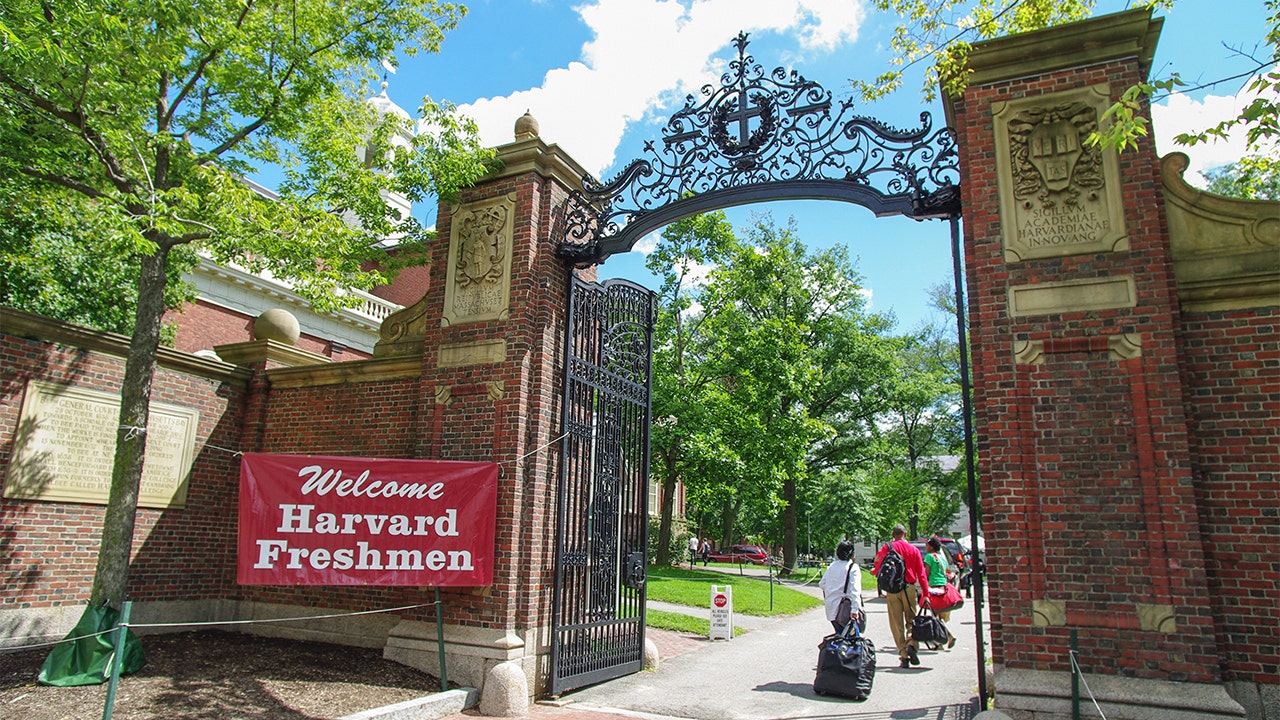The web of support services and infrastructure that governs the long-term care industry is in need of a serious expansion. A rapidly aging population and the increasingly common desire among older Americans to age in place must be considered, according to a study published this month by researchers at the Johns Hopkins Bloomberg School of Public Health.
The researchers cite demographic data showing that the number of Americans ages 65 and older will outnumber those 18 and under for the first time by 2034. They say will lead to “an unprecedented demand” for long-term care services and supports (LTSS).
“LTSS refers to the range of paid and unpaid services that help people with physical or cognitive impairments live independently at home,” according to a summary of the study on the school’s website. “The study stresses that without significant improvements in the LTSS infrastructure, many older adults may struggle to remain independent as they age.”
The study also describes aging in place as “a primary goal for most aging adults.” But actually meeting these accelerating needs will be a significant challenge without a national long-term care insurance program.
“[M]ost services, which are often expensive, must either be paid out of pocket or be provided by unpaid family members,” the summary stated. “Additionally, the study emphasizes that current LTSS offerings are often woefully inadequate to meet the needs of aging populations, with pronounced inequities in access to these services based on financial resources, geography, and family structure.”
Two significant barriers are preventing the wider adoption of aging in place by a larger pool of older Americans. These include “inadequate availability of affordable services and insufficient numbers of trained and qualified health personnel to meet emerging needs.”
While there is a broader transformation taking place, including shifts from facility-bound care environments to those based in the home, “the infrastructure to support aging-in-place remains fragmented and underfunded,” the researchers explained.
The health care workforce continues to face “acute recruitment and retention challenges.” Geriatric specialists are in short supply while demand for these specialized services is increasing quickly. Technology will play an increasingly important role in meeting these demands, but these services have disproportionate availability across urban, suburban and rural parts of the U.S.
Incorporating the work of existing family caregivers into an expanded infrastructure could also make a difference, the study explained.
.png)
 German (DE)
German (DE)  English (US)
English (US)  Spanish (ES)
Spanish (ES)  French (FR)
French (FR)  Hindi (IN)
Hindi (IN)  Italian (IT)
Italian (IT)  Russian (RU)
Russian (RU) 







Comments